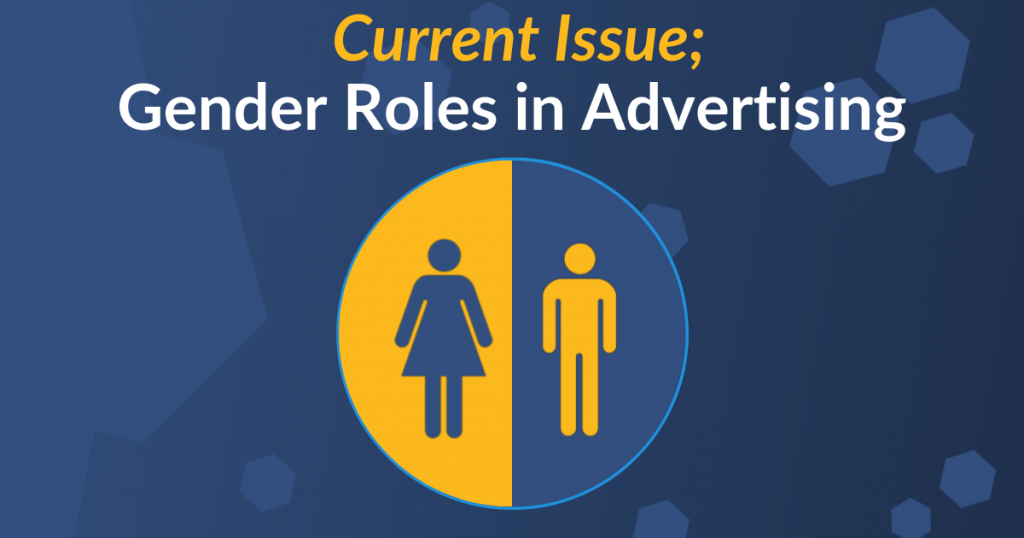
The new CAP & ASA rules on how gender roles should be portrayed in advertising are in the spotlight at the moment following recent bans on non-compliant TV adverts from Volkswagen and Philadelphia.
While these high profile cases generate lots of press coverage, its important to remember that all advertisers have a duty to comply with either ASA or CAP guidelines in their advertising, (depending on the media format of the advert).
Who Regulates Direct Mail Advertising?
The ASA is the Advertising Standards Authority, a non-statutory organisation that is the self-regulatory organisation of the advertising industry in the United Kingdom.
CAP is the Committee for Advertising Practice, a sister organisation of the ASA that is also administered by the ASA. CAP is primarily responsible for revising and updating the standard usually referred to as the “CAP Code“.
The full name for the ‘CAP Code’ is “The UK Code of Non-broadcast Advertising and Direct & Promotional Marketing” described by CAP as “the rule book for non-broadcast advertisements, sales promotions and direct marketing communications.”
So What’s Changed?
The new rules on gender stereotyping were announced in December 2018, and came into effect on the 14th of June 2019.
The rules are aimed at preventing harmful gender stereotyping. This isn’t a ban on all forms of gender stereotyping, nor is it intended to prevent portrayal of ‘aspirational’ people or lifestyles or prevent products being marketed towards a specific gender.
The key word here is ‘harmful’. The new rule is 4.9 in Section 4 of the CAP Code, and states; “4.9 Marketing communications must not include gender stereotypes that are likely to cause harm, or serious or widespread offence.”
The ASA published some examples of the types of scenarios that they are likely to consider ‘problematic’ if portrayed in advertising ;
- Ads that show a man or a woman failing to achieve a task specifically because of their gender.
- Ads that belittle a man for carrying out stereo-typically female roles or tasks (also presumably Ads that belittle a woman for carrying out stereo-typically male roles, although the ASA don’t specifically mention this).
- Ads that feature a person with a physique not typically associated with their gender, which imply that their physique is a ‘significant reason’ for them not being successful (for example in their romantic or social lives).
- Ads aimed at new mums which suggest looking attractive or keeping a home pristine is a priority over other factors like their emotional well being.
How Do I Comply With This Guidance?
The ASA has issued a document called Advertising Guidance on depicting gender stereotypes which you can download from their website. This document includes some ‘guiding principles‘ for advertisers;
1) Ads may feature people undertaking gender-stereotypical roles (e.g. a woman cleaning the house or a man doing DIY), or displaying gender-stereotypical characteristics (e.g. a man being assertive or a woman being sensitive to others’ needs), but they should take care to avoid suggesting that stereotypical roles or characteristics are:
• Always uniquely associated with one gender;
• The only options available to one gender;
• Never carried out or displayed by another gender
2) Ads may feature glamorous, attractive, successful, aspirational or healthy people but they should take care to avoid suggesting that an individual’s happiness or emotional well being should depend on conforming to an idealised gender-stereotypical body shape or physical features.
3) Ads can be targeted at and feature a specific gender but should take care not to explicitly convey that a particular children’s product, pursuit, activity, including choice of play or career, is inappropriate for one or another gender.
4) Ads should be sensitive to the emotional and physical well-being of vulnerable groups of people who may be under pressure to conform to particular gender stereotypes.
5) Ads should avoid mocking people for not conforming to gender stereotypes, including in a context that is intended to be humorous.
Practical Steps For Your Next Campaign
Firstly, think carefully about the images you are, especially where you are using images of people. Do these images contain gender stereotypes? How do the images reflect on your target audience?
This thought process is of course useful for spotting all types of stereotyping not just gender; consider how your images portray age, race, disability, gender, religion, sexual orientation, etc. By law you should pay attention to these ‘protected characteristics’ defined under the Equality Act 2010.
It’s also important to consider WHAT you are advertising to WHO; how will the imagery you are using resonate with your audience? are you unintentionally excluding a potential customer because of the images in your design?
Secondly, consider the language of your mail piece. Are you inadvertently using gender specific language? This could be overt (for example using gendered pronouns like he, she, his, hers, him, her for persons of unknown or indeterminate gender), or disguised in commonly used language ‘short-hand’ terms (for example businessman, stewardess) .
As with your images, this process of language review can (and should) be equally applied to other types of stereotyping, not just gender.
We hope you find our Gender Stereotypes in Advertising article useful. If you would like more details about your obligations as a direct mail advertiser you can access the full CAP Code on their website.
Don’t forget, for more useful hints, tips, guides and info you can find us on Twitter, Facebook and LinkedIn, and speak to your account manager.






